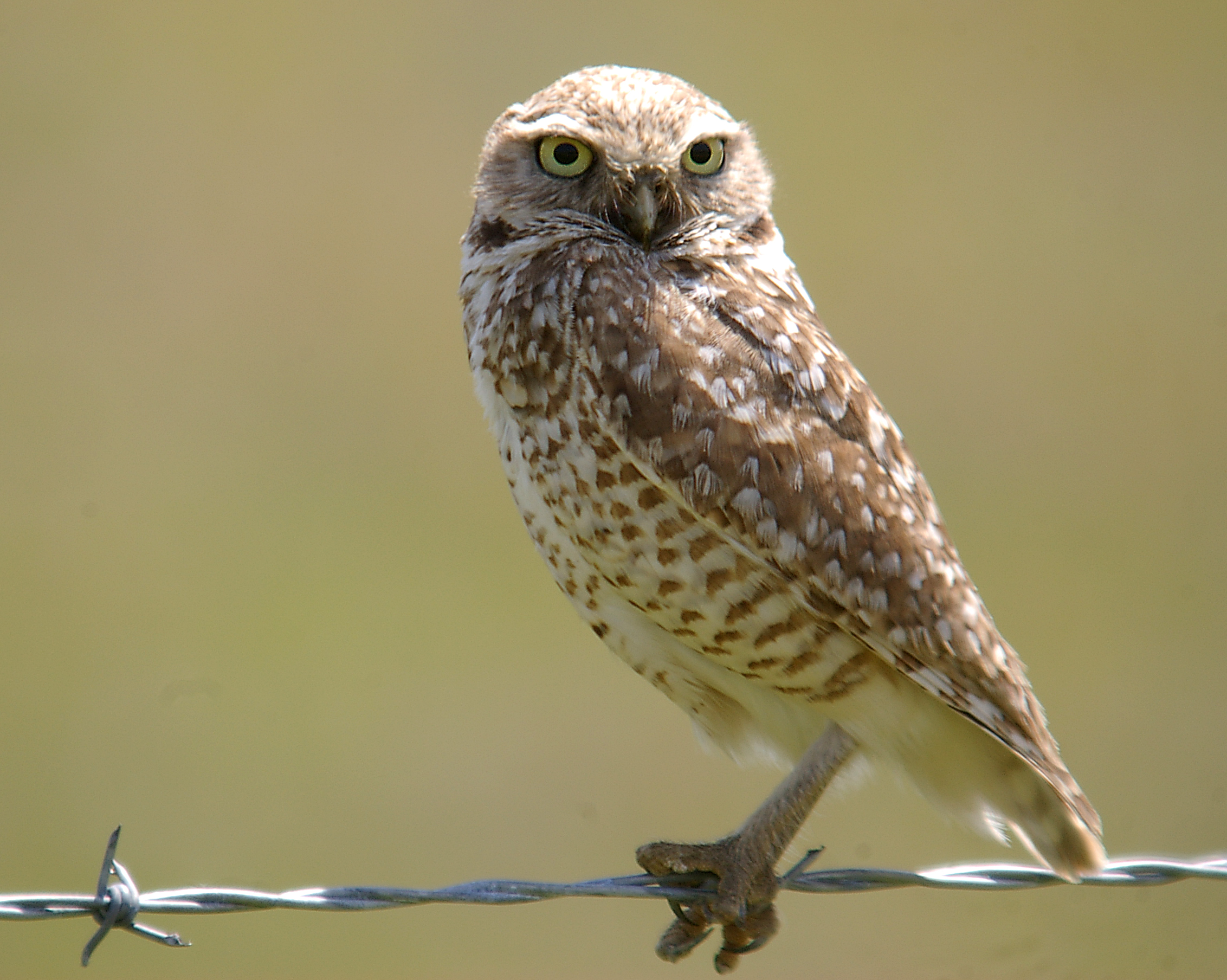WEB The burrowing owl is a pint-sized bird that lives in open treeless areas The burrowing owl spends most of its time on the ground where its sandy brown plumage provides camouflage from. A burrowing owl rescued recently from the waters of Garrison Bight by the folks at the Key West Wildlife Center. . WEB Map Courtesy of FWC Burrowing owls live as single pairs or in colonies of several pairs and use their burrows year-round Burrowing owls will dig their owl burrows or use abandoned. The Florida burrowing owl is a state Threatened species which means that taking possessing or selling burrowing owls their nests ie..
WEB The burrowing owl is a pint-sized bird that lives in open treeless areas The burrowing owl spends most of its time on the ground where its sandy brown plumage provides camouflage from. A burrowing owl rescued recently from the waters of Garrison Bight by the folks at the Key West Wildlife Center. . WEB Map Courtesy of FWC Burrowing owls live as single pairs or in colonies of several pairs and use their burrows year-round Burrowing owls will dig their owl burrows or use abandoned. The Florida burrowing owl is a state Threatened species which means that taking possessing or selling burrowing owls their nests ie..
WEB 500 Burrowing Owl Place off Black Sage Road Oliver BC V0H 1T1 Canada 1-877-498-0620 Burrowing Owl Estate Winery is located in the town of Oliver in the South Okanagan region of British. WEB 500 Burrowing Owl Place off Black Sage Road Oliver BC V0H 1T1 Canada 1-877-498-0620 Burrowing Owl Estate Winery is located in the town of Oliver in the South Okanagan region of British. WEB 500 Burrowing Owl Place off Black Sage Road Oliver BC V0H 1T1 Canada 1-877-498-0620 Burrowing Owl Estate Winery is located in the town of Oliver in the South Okanagan region of British. 5 of 64 things to do in Oliver Its All About The Wine Balance is a time-honored goal in the making of. WEB Burrowing Owl Estate is a Canadian wine grower and producer The estate is based fifteen kilometres south of Oliver British Columbia in the Okanagan Valley wine region..
**Local Wildlife Center Rescues Burrowing Owl from Garrison Bight** The Key West Wildlife Center recently rescued a burrowing owl from the waters of Garrison Bight. This pint-sized bird is a threatened species in Florida and spends most of its time on the ground, using its sandy brown plumage as camouflage. Burrowing owls live in single pairs or colonies and use burrows year-round. They may dig their burrows or use abandoned burrows from other animals. The rescue of this burrowing owl is a reminder that these birds are vulnerable and need our help. If you see a burrowing owl in distress, please contact the Key West Wildlife Center or another local wildlife rehabilitation center. **Burrowing Owl Facts** * Burrowing owls are small, about nine to twelve inches tall, with a wingspan of twenty-one to twenty-four inches. * They have long, lean legs and large feet that help them run and dig. * Their plumage is sandy brown with streaks and spots, providing them with excellent camouflage in their natural habitat. * Burrowing owls are carnivores, eating primarily insects, small rodents, and reptiles. * They are most active at dawn and dusk. * Burrowing owls are territorial and will defend their nesting territory aggressively. * Burrowing owls are a threatened species in Florida due to habitat loss and degradation. * It is illegal to harm, harass, or take burrowing owls or their nests. If you are interested in helping burrowing owls, you can: * Donate to the Key West Wildlife Center or another local wildlife rehabilitation center. * Volunteer your time to help with burrowing owl conservation efforts. * Educate others about the importance of burrowing owls and their conservation.

National Marine Sanctuary Foundation
**Burrowing Owls: Fascinating Underground Dwellers** **Introduction** The burrowing owl (Athene cunicularia), also known as the "shoco," is a captivating small owl found in North and South America. Unlike traditional owls that roost in trees, these unique birds make their homes underground. **Habitat and Nesting** Burrowing owls thrive in open landscapes, such as grasslands, prairies, and deserts. They typically dig their own burrows in areas with bare soil or short grass. However, owls in western regions often utilize burrows abandoned by other animals. **Physical Appearance** These owls are characterized by their sandy-colored plumage and striking bright yellow eyes. Their long legs and ability to burrow make them well-adapted for their underground lifestyle. **Diet** Burrowing owls are opportunistic predators that feed on a variety of small mammals, reptiles, and insects. Their diet varies depending on the availability of prey in their environment. **Underground Living** As the name suggests, burrowing owls live and nest underground. Their burrows provide shelter from predators, harsh weather, and potential threats. They can construct their own burrows or utilize existing ones, which they may expand or modify to suit their needs. **Conservation Status** Burrowing owls face various conservation challenges, including habitat loss, pesticide exposure, and collisions with vehicles. However, conservation efforts are underway to protect these fascinating and unique birds. **Conclusion** The burrowing owl is a remarkable species that has adapted to an extraordinary lifestyle. Their ability to live, nest, and hunt underground makes them fascinating creatures that play an important role in ecosystems across the Americas. By understanding and protecting these owls, we can help ensure their future survival and appreciation.

Comments